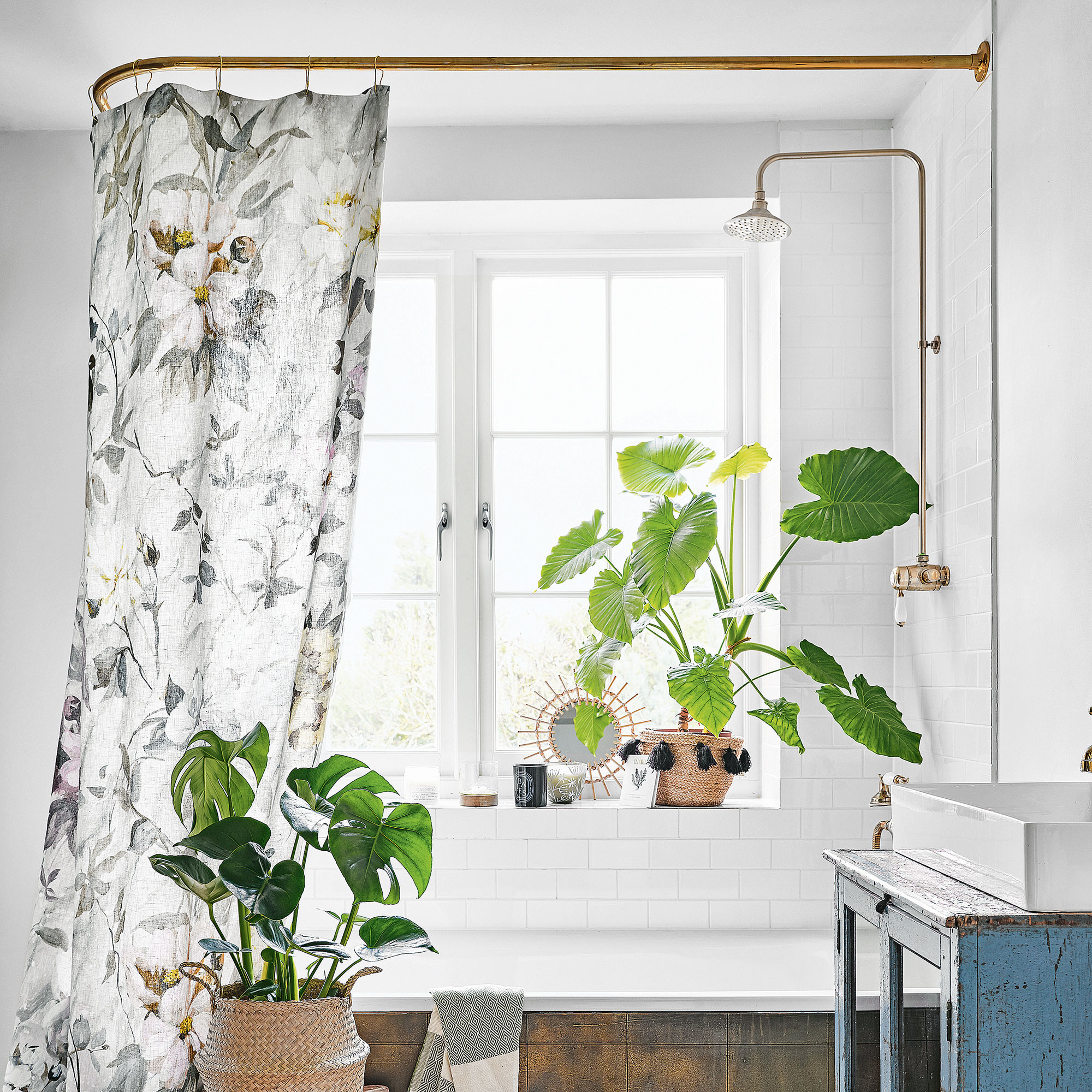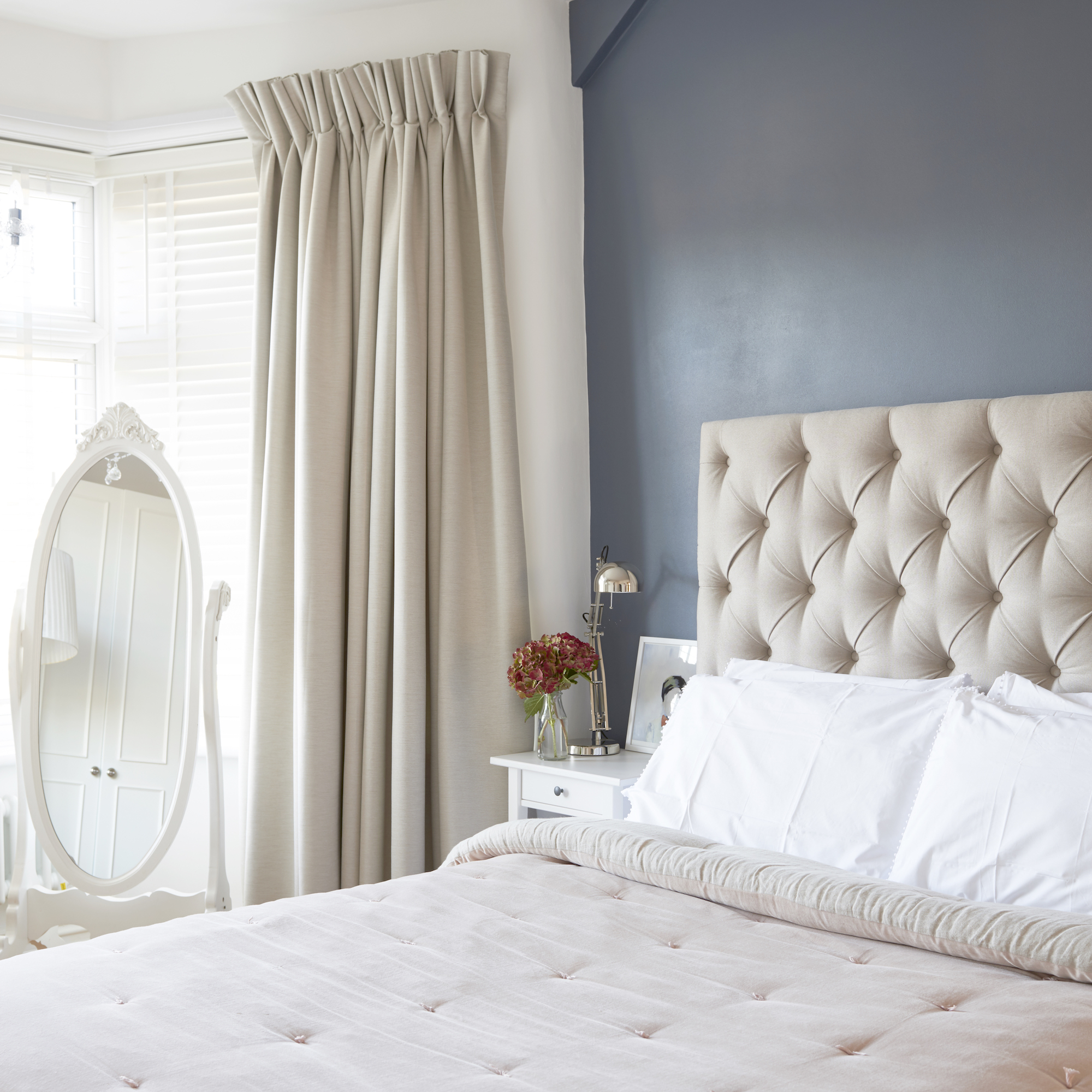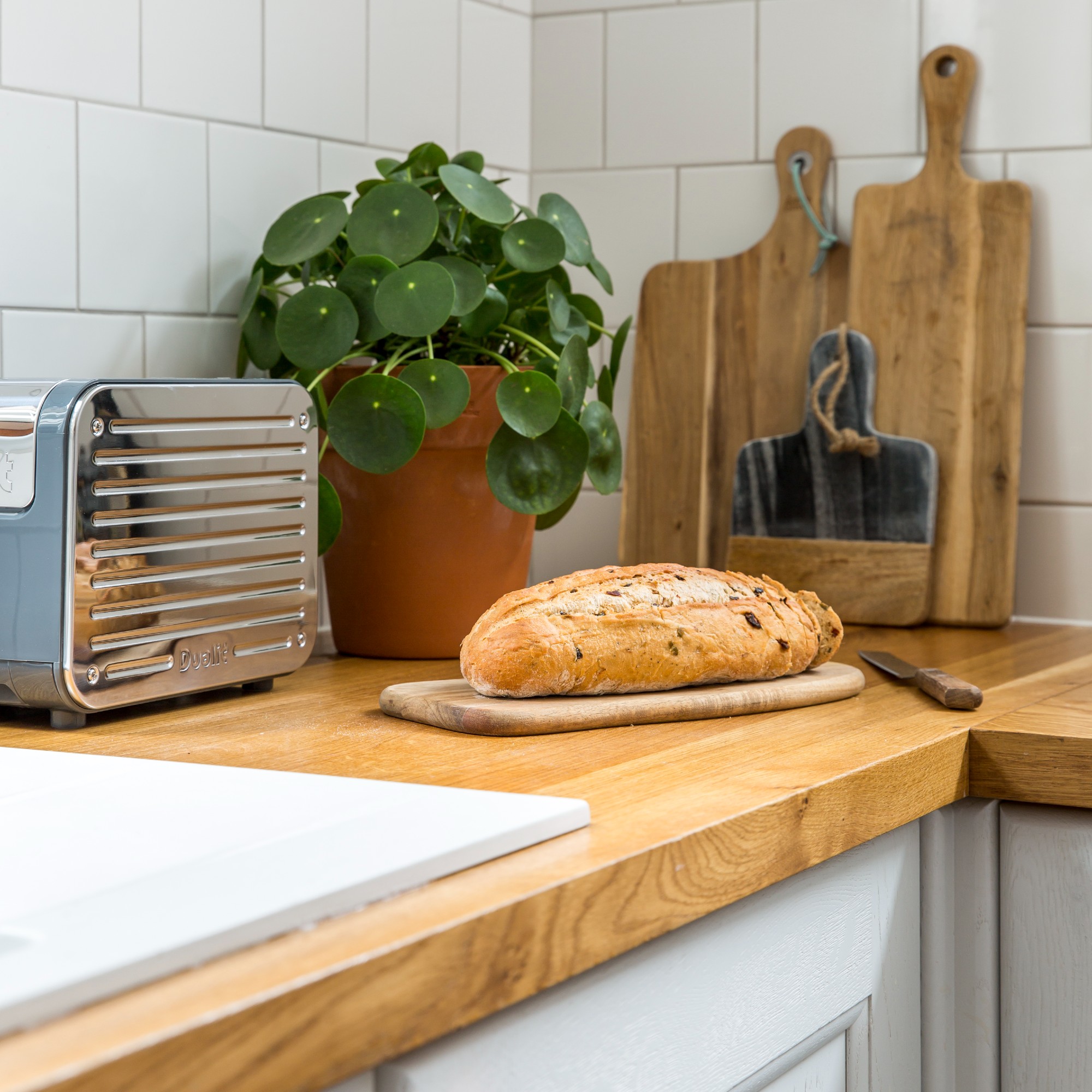6 reasons to do an autumn deep clean – and the key jobs you should be tackling
Take on this to-do list and not only will you have a cleaner home, you'll protect it from potential problems through the winter


As many of us know through experience, if you don't want to be hit with big inconveniences and even bigger bills, you need to keep on top of home maintenance through the year. And if you're wondering what should be a priority as summer ends, you'll find our autumn deep-clean checklist invaluable.
Giving your home a good clean is about far more than just appearances. It can lower your energy bills, stop allergies from playing up, prevent damage to walls and furniture and even protect against fires.
So tackle these tasks now, and you can cosy up and relax this winter, knowing you've done everything you can to safeguard your property.
Your autumn deep-clean checklist... and why these jobs are essential
1. Wash and caulk the windows to keep bills down

Before the weather turns, it's a good time to get your windows sparkling inside and out. You may want to hire someone to do the exteriors for you – particularly the upper floors.
Before you clean the windows, inspect your window frames for any damage or deterioration of your window caulk. If you spot any damage:
- Remove any loose caulk or sealant. You can use a sealant remover to dissolve any troublesome patches – NEVER caulk over old caulk as it can make the cracks worse. Cracks often appear between window ledges and frames, so pay special attention to this area.
- Clean the area down thoroughly with soapy water. Don't use chemicals or abrasive detergents.
- For a neat line, mask off the area first using Frog Tape, £6.99, Amazon.
- Apply new caulk using a caulk gun. Start from the edge furthest away and drag a bead of caulk along the crack.
- Next, you'll need to smooth it down to cover the crack, either using a wet finger or a caulk applicator tool.
- Leave for at least a few hours to dry, as per the instructions on the tube of caulk.

There are a few different methods for cleaning windows inside that can be effective. Many favour a window vacuum as they promise minimal mess and a streak-free finish. Simply apply a glass cleaner to the window using a microfibre cloth, then vacuum away any moisture – a squeegee-like silicone strip will ensure that all the liquid is collected and that there are no streaks.
2. Deep-clean curtains and blinds to improve air quality

In a 2021 survey of 2000 UK adults by laundry experts Surcare, 34% of those asked had never cleaned their curtains. And only 18% factored them into their annual clean. And while you might think 'who cares?' about those slightly shabby drapes, the nasties they contain could be doing real damage.
'The swathes of fabric can create the perfect conditions for capturing dust and the growth of mould and mildew,' says Surcare's Claire Lancaster. 'They can also absorb odours and become discoloured if left for too long.'
That dust, mould and mildew build up can trigger allergies and respiratory issues, including asthma. It's therefore vital to keep your curtains clean so your family can breathe easy.
'You should vacuum curtains with a soft brush attachment once a week to keep on top of dust,' says Claire. 'Then once a year, take them down to wash them properly – either in your machine or professionally. Always read the care label and follow the instructions carefully to keep them looking their best.'
Sign up to our newsletter for style inspiration, real homes, project and garden advice and shopping know-how
3. Pressure wash paths to make them safer

In Autumn, footpaths and driveways can become a health hazard. Piles of dropped leaves and wet weather combine, and if nothing is done before the winter comes, you could be quite literally setting yourself up for a fall.
All that rain and moisture, under a cosy blanket of leaves, creates a perfect breeding ground for algae and moss, as well as pollen, germs and dust. Let them fester, and your path will turn into a slippery eyesore and an allergy sufferer's worst nightmare.
So through the autumn, keep paths and drives clear with a leaf blower and give them a good going over with a pressure washer. This will blast away any slip hazards, and can even lift microscopic bacteria from surfaces.
While you're cleaning, inspect for any cracks or loose bricks that might cause someone to trip. Get them repaired before winter, when a covering of snow might make them invisible and therefore dangerous.
4. Clear gutters and drainpipes to prevent water damage

Blocked guttering an downpipes are one of the leading causes of water damage to a home. If water is allowed to build up, it can wreak havoc on interior and exterior walls, and even your roof. So don't wait until there's a problem. With leaves dropping and wet weather setting in, autumn is the best time to clean gutters.
Start by scooping out any leaves and debris with a trowel. Don't forget the hopper heads (the holders at the top of the downpipes). If the downpipe is blocked, cover the drain, stick your garden hose up the pipe and turn the water on. Failing that, use drain rods to push the blockage down from the top.
Rather stay on the ground? Specialist tools – such as telescopic lances or gutter and pipe cleaning kits – are available for pressure washers so that you can do the job safely on terra firma.
5. Sweep the chimney and protect against chimney fires

As much as we enjoy the summer sun, there's something magical about lighting a fire and cosying up with a cup of hot chocolate and a good book as the temperature drops. But the dream can instantly be shattered by clouds of soot from an unswept chimney. So whether you have an open fireplace or a woodburning stove, now's the time to get it cleaned.
Your first port of call is to book a professional to service and sweep your chimney. Visit the National Association of Chimney Sweeps to find a fully qualified sweep in your area. Don't be tempted to do the job yourself, or use an unqualified handy person, as you could cause thousands of pounds worth of damage.
Annual sweeping of the chimney or flue is essential, as if soot is allowed to build up, it could cause a fire. Also, a sweep will check for any damage, and that no wildlife is nesting in your chimney.
Once swept, you can tackle the rest of the cleaning yourself. Use stove glass cleaner so that you always have a clear view of flickering flames, and invest in an ash vacuum to keep open fires clear of embers. You can recycle wood ash in a compost heap.
6. Put outdoor furniture to bed

We always hold off for as long as we can on this one, but our final autumn deep-clean tackles outdoor furniture. When you're doing that last mow, or final hedge trim, be sure to put your garden furniture 'to bed' in the shed, or in suitable dry storage.
Wondering how to clean garden furniture? Wooden tables and chairs will need a good scrub with soapy water to remove any fungus or algae. Then allow them to dry completely – this is vital or your furniture may rot. Store in a dry shed or garage until the worst of Spring's showers have subsided.
Synthetic rattan furniture – many on-trend egg chairs and outdoor sofas are made of this – can be cleaned with soapy water. Or you could use a powerful jet of water to clear off stubborn dirt and spider webs. It's okay to leave these pieces outside if you don't have space to store them, but we'd recommend using covers to protect them from discolouration.
Finally, natural fibre furniture, such as wicker, should be brought inside, along with outdoor textiles such as rugs and cushions.

Amy Cutmore is an experienced interiors editor and writer, who has worked on titles including Ideal Home, Homes & Gardens, LivingEtc, Real Homes, GardeningEtc, Top Ten Reviews and Country Life. And she's a winner of the PPA's Digital Content Leader of the Year. A homes journalist for two decades, she has a strong background in technology and appliances, and has a small portfolio of rental properties, so can offer advice to renters and rentees, alike.
-
 IKEA's kitchen sale is the secret to saving thousands on a new cooking space in 2026
IKEA's kitchen sale is the secret to saving thousands on a new cooking space in 2026Here's how you can make the most of the discount
-
 IKEA’S new £25 air quality sensor is selling out fast – it’s an easy way to make your home safer and healthier
IKEA’S new £25 air quality sensor is selling out fast – it’s an easy way to make your home safer and healthierThis clever gadget provides an easy way to make your home healthier
-
 This clever folding proofer is my secret to perfect sourdough – and it fits in my tiny kitchen
This clever folding proofer is my secret to perfect sourdough – and it fits in my tiny kitchenI wish I'd known about it ages ago!